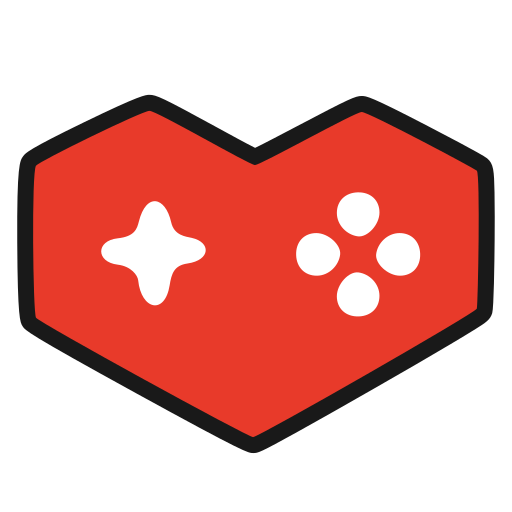HDR technology
I don't remember exactly how I got this Half-Life fragment. However, the intention of this fragment is to present the lighting technology currently known as HDR (high dynamic range). A technology that was innovative at the phase of developing the game. This resulted in better image quality for the scenes. Given that the game doesn't go on long enough, it should be considered a presentation of the technology on a map as a test.
It's presumed that the fragment once corresponded to some part of the plot from Half-Life 2, on Highway 17. The fragment is about Gordon Freeman finding himself on the coast. He meets the fisherman, who instructs him that at the top there is a monastery, and in it there's a heavy artillery of Combine soldiers. They're besieging the town of St. Olga. Once eliminated, Freeman will continue on his way.
Despite being a fragment, this can be an excellent prologue to Half-Life in terms of gameplay and visual storytelling. It consists of innovative features that make the game what it is. On the one hand, it's the first time I've seen the monastery with all its details in the world of Half-Life. It exudes an impressive visual impact not only because of the technology and language of the image-object, but also for the reason of its evocative artistic form. It's inspired by a Byzantine church. Hence, the name has a symbolic and significant purpose in the game.
Regarding the gameplay, the cliff had a bearing on the development of the gameplay and the behaviour of the enemies towards the player (action, reaction, and interaction). It also hints at how the players will carry out their tasks by interacting with the character, things, and environment. For that reason, the developers also briefly address what the implemented technology is about and the effort to create a visual language so that the player is aware of the setting and context. Words are unnecessary due to the influence of interaction and image. It may look obvious, but at the time, it was a complex task to make the game fun and immersive.
The players feel and realize that they're in the city without an urgent need for words. The world convinces them that they're there, taking sides in the plot, for the image.
Half-Life 2: Lost Coast is a short fragment. I recommend activating the developers' dialogs. They offer eye-opening glimpses of what the game, Half-Life 2, became as such.
Recommended

izigame.me
It may take some time when the page for viewing is loaded for the first time...






